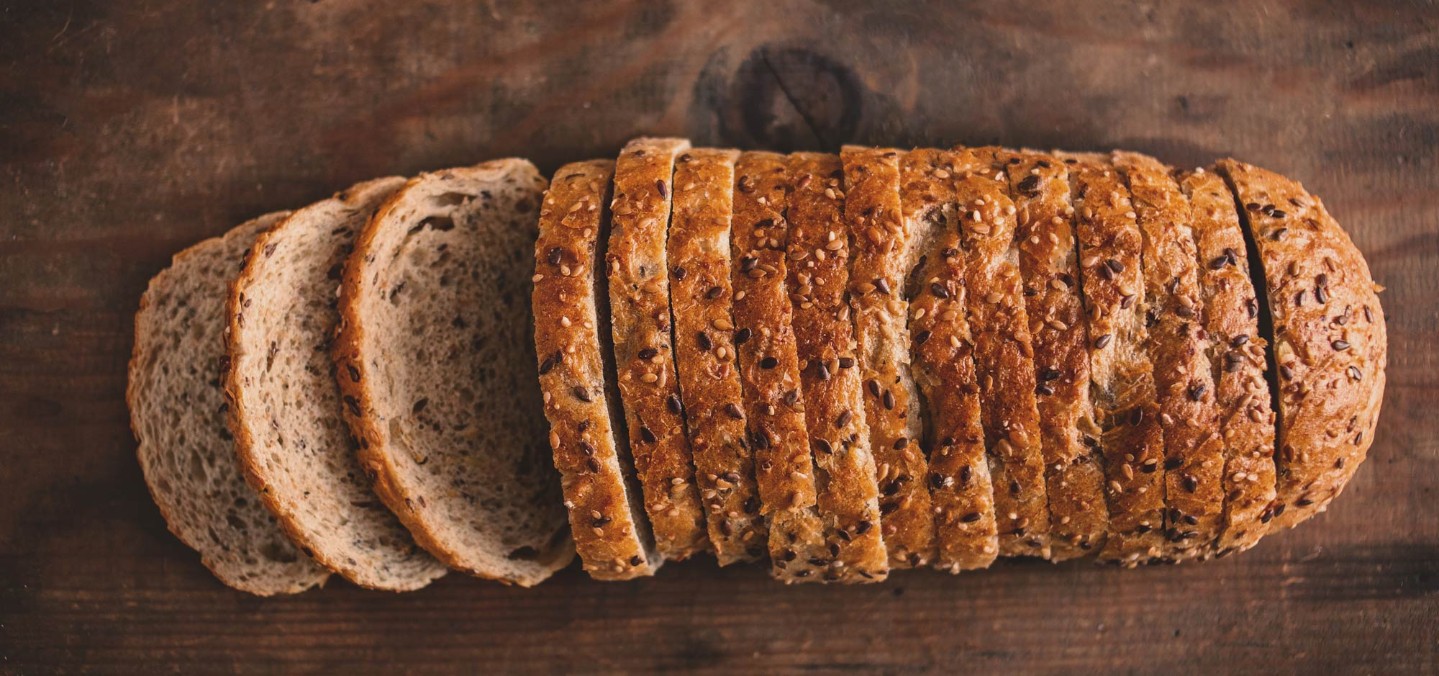The Gut-Bladder Connection: Nutrition for Optimal Function
JUN 11, 2025Proper diet is essential in maintaining bladder and bowel health as they affect your gut microbiome.
Read More
September is National Whole Grains Month. Although most Americans consume the recommended amount of grains, most people do not eat enough whole grains. Here are some facts about whole grains and some tips for increasing your intake of whole grains.
Why are whole grains healthier?
Whole grains are healthier than refined grains because they contain more parts of the grain since it is closer to its natural state. An intact kernel of grain contains the bran, germ and endo-sperm. The more processed a grain is, less of it ends up in product being made with it. During the refinement process grains lose some of their nutritional properties.  Although many refined products are also enriched, or have nutrients added to them that were lost during refinement, the nutrients that are added back are not comparable to those found in the original whole grain. For example, enriched white flour offers 0mg
Although many refined products are also enriched, or have nutrients added to them that were lost during refinement, the nutrients that are added back are not comparable to those found in the original whole grain. For example, enriched white flour offers 0mg
potassium, 6% daily value of iron and 1 gram of fiber, whereas whole grain bread provides 108mg potassium, 8% daily value of iron and 4 grams of fiber. This is why it is so important to make sure at least half of your daily grain intake is from whole grains.
What should you look for on a label?
Beware of words on food labels and packages. There are several terms used for refined grains that may be confusing or misleading. Multi-grain, wheat, organic flour, bran and wheat germ are just some words used that can make a product seem that it is a whole grain. Be sure to read the label and look at the ingredients list. The first ingredient should be a whole grain, which can be flour, corn, oat, barely or any other grain. If there are 2 or more grains in the product, the first grain in the ingredients list should be a whole grain to ensure that it is mostly a whole grain product. In other words, if the ingredients list of a multi-grain product has enriched wheat flour as the first ingredient and whole barley as the second, consumers have no way of knowing what percent of the product is made from refined grain and what percent is whole. Many companies use a mix of 90% refined grains and 10% whole grains but are allowed to market their products as multigrain.
What about fiber?
Because the fiber content of different grains varies, it is not a good indicator to use when finding a whole grain product. Of course choosing items that are higher in percent daily value of fiber is recommended, some whole grains offer very little of it. In addition, fiber can be added to refined grain products making it seem like a healthier choice than its whole grain counterpart.
How can you increase your whole grains?
Choose whole grains for snacks. Popcorn, whole grain crackers and granola are great healthy options to help keep you full between meals.
Adding whole grains to your meals can be as simple as swapping refined products for whole grain products. Whole grain bread items, brown rice, couscous or quinoa are great options to replaced refined grains. In addition, oatmeal or whole grain cereals or bagels are quick and easy and can make a healthy meal by simply adding some fruit, peanut butter and milk.

Proper diet is essential in maintaining bladder and bowel health as they affect your gut microbiome.
Read More
Did you know that what we eat can be directly reflected in our mood? Different foods and combinations of foods can boost our mood and help with symptoms of anxiety.
Read More
Your liver does so much for the body. As a filter and processing plant, it helps break down toxins, helps store energy and more. It's time to show it some love!
Read MoreWhen you need local health information from a trusted source, turn to the CHI Health Better You eNewsletter.